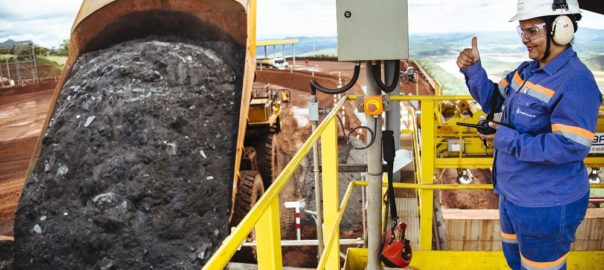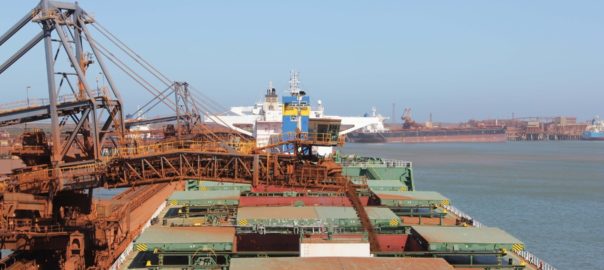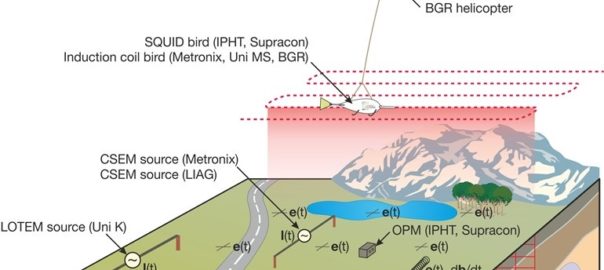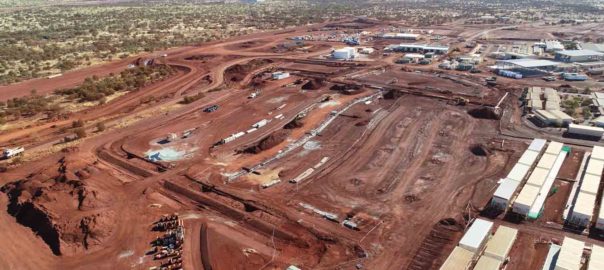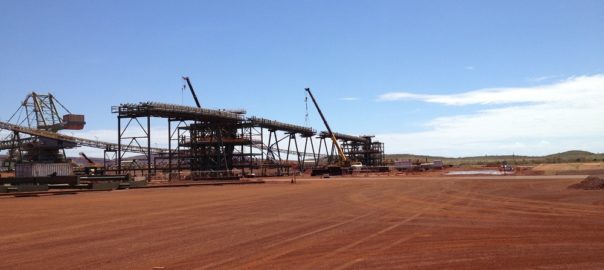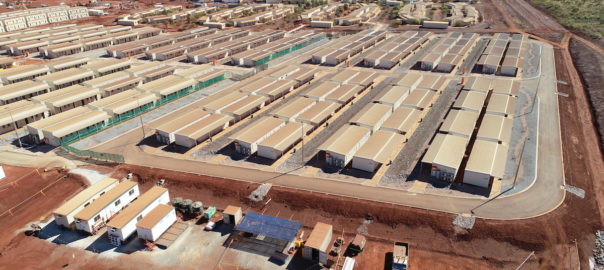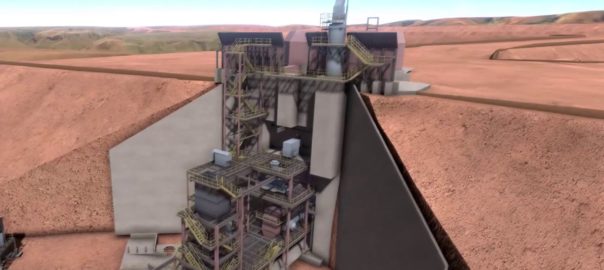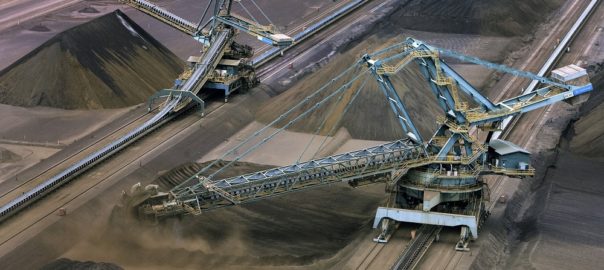Anglo American has resumed operations at its Minas-Rio iron ore mine in Brazil almost nine months since it suspended activities following the discovery of two leaks along the 529 km slurry pipeline.
The restart of the integrated iron ore operation follows a technical inspection of the pipeline that carries the iron ore in slurry form from the mine to the port, the repair of certain sections of the pipeline and receipt of the appropriate regulatory approvals, Anglo said.
“The inspection of the entire pipeline by specialist pipeline inspection devices (PIGs), and the analysis of the collected data by expert teams drawn from Brazil and internationally, confirmed the pipeline’s integrity,” the company added.
As part of Anglo’s “responsible approach” to the leaks, it has pre-emptively replaced a 4 km stretch of pipeline where the two leaks of non-hazardous material occurred, as well as a small number of individual sections of pipe where the PIGs detected minor anomalies below the normal threshold for intervention. It also shortened the intervals for future inspections by PIGs from five years to two years to ensure the long-term integrity of the pipeline, while also fitting a fibre-optic system of acoustic, temperature and vibration sensors along critical sections of the pipeline to monitor performance.
Mark Cutifani, Chief Executive of Anglo American, said: “The protection of the natural environment surrounding local communities and the overall integrity of the pipeline have formed the focus of our work to restart Minas-Rio and meet our obligations to our host communities, employees, customers and other stakeholders.”
Cutifani said the majority of Minas-Rio employees have been deployed across its operations in Brazil during this year, including on the construction work required to secure its Step 3 operating licence for Minas-Rio. Safety and other refresher training has been under way since early November in preparation for the restart, he added.
Anglo American expects the operation to ramp up to 1.2 Mt/mth (wet) and to produce approximately 16-19 Mt (wet) of iron ore in 2019, with the expectation that the Step 3 licences are received as planned.
Anglo’s Brazil chief executive, Ruben Fernandes, told Reuters earlier this year that the company expects to hit the 26.5 Mt/y (wet) nameplate capacity some time in 2021.






